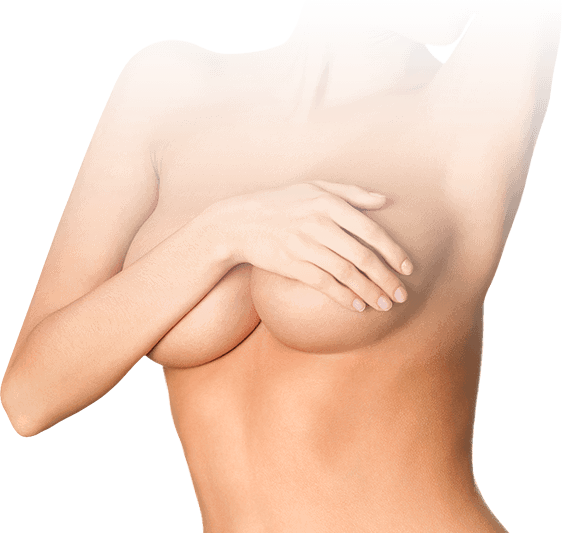Bigger breasts as seen on media or on celebrities are certainly attractive, but seeing it and not experiencing it, it’s just one thing. Smaller breasts harm self esteem and the image. So, if you’re considering breast enhancement or change in shape, you’re definitely not alone, but there’s more you should know.
Breast augmentation is one of the most demanded surgeries in US. As per a study of American Society of Plastic Surgeons, more than 280,000 patients have undergone breast augmentation ever since 2014. The procedure has been successful throughout with exception of capsular contracture and other after effects which result after various conditions.
If you have joined the queue and want your body aesthetically contoured, it’s wiser for you to take an informed decision about getting breast implants. As revealed by Crispin Plastic Surgery, patients that come informed and well equipped with knowledge tend to be more calm and accepting towards hearing and managing the process.
As stated above, the more you are confident and know about the in-depth details of the process, the easier it will be to go through the transition and recovery. Here’s a list of 7 things that are important for you to know before having breast implants surgery:
1 – Choose Size Wisely
Most women get implants because they want to look beautiful, and not because they want attention. Though, it’s likely true for some, but majorly breast augmentation is to achieve symmetry. We know that women can have both breasts of different size and sometimes the size can make you look plain on chest. When you decide on breast implants, keep your goal realistic and choose what will suit your body and structure.
Bigger breasts are not always better and can cause hindrance in certain routines. Let your surgeon help you decide if you’re not sure about the size you want. Breast augmentation is to enhance your look and that should be the only concern.
2 – Breast Implants Will Eventually Need Replacement
Breast implants are not permanent. The investment you make will likely lasts for 10 to 15 years and sometimes even less. Implants can rupture, can cause wrinkles, and bigger sizes can even result in sagging and other complications. For replacements, it’s not that you will get a refill; rather you will be paying and going through another surgical process.
You can get the implants removed and go back to your natural breasts, but your natural breasts will no longer be same. Some patients have reported for flatter, puckered, and lower breasts after removing implants.
3 – Breast Implants Don’t Impede Breast Feeding (Mostly)
You can breast feed even after getting breast implants – as long as the incision was made under your breast crease. Implants inserted through nipple incision will make it difficult to produce enough milk, and most of the times breast implants cease nipple sensation. Especially in the later case, incision through nipple can damage the nerve endings in nipples.
Most women prefer nipple incision since it makes it easier to hide the scar. If you have a plan on continuing having children and would want to breast fee, remember that the less pressure exerted on mammary glands, the easier it will be to produce milk. And sometimes, even after a safer incision women are more likely to develop mastitis, an infection of breast that blocks the milk dusts and result in swelling and pain.

4 – Choose an Implant Made of Silicone or Saline
Years before the first Silicone implant surgery in 1960s, various implanting materials as hard spheres made of glass and ivory, softer globes made of vinyl, terylene wool, rubber, and ox cartilage were tried out. None of these were successful until Silicone success. Let your implant choice be wise and if you are to risk and invest, then let that be well researched and through a certified surgeon.
5 – Silicone vs. Saline
Silicone and Saline implants have some vital differences. Silicone implants are filled with silicone gel and have a silicone shell. They are softer and natural looking implants with the risk of infection and leak. They do however require a larger incision as they are filled with the gel before insertion.
Saline implants on the other hand are made of a silicone shell and are filled with saline water. These implants are filled with fluid composed of similar fluids as found in the body, therefore they pose less danger. The incision made for these implants is also smaller as they can be filled after being implanted in the breast. Yet, most women prefer silicone implants that give a natural looking breast implants.
6 – Implants Restrict Breast Cancer Screening
Having implants placed inside the body makes it difficult to detect cancer during mammograms. Studies reveal that 30 percent of tumors are missed due to implants. During mammogram there is also a possibility that your implant will rupture, therefore it’s important a professional is consulted for mammograms.
7 – You Will Need MRI Screenings
Getting breast implants doesn’t stop the process there; you will need to take a lot of care and consideration. For silicone implants, MRI screening is very important for detecting ruptures and leaks, at least after a period of three years.





